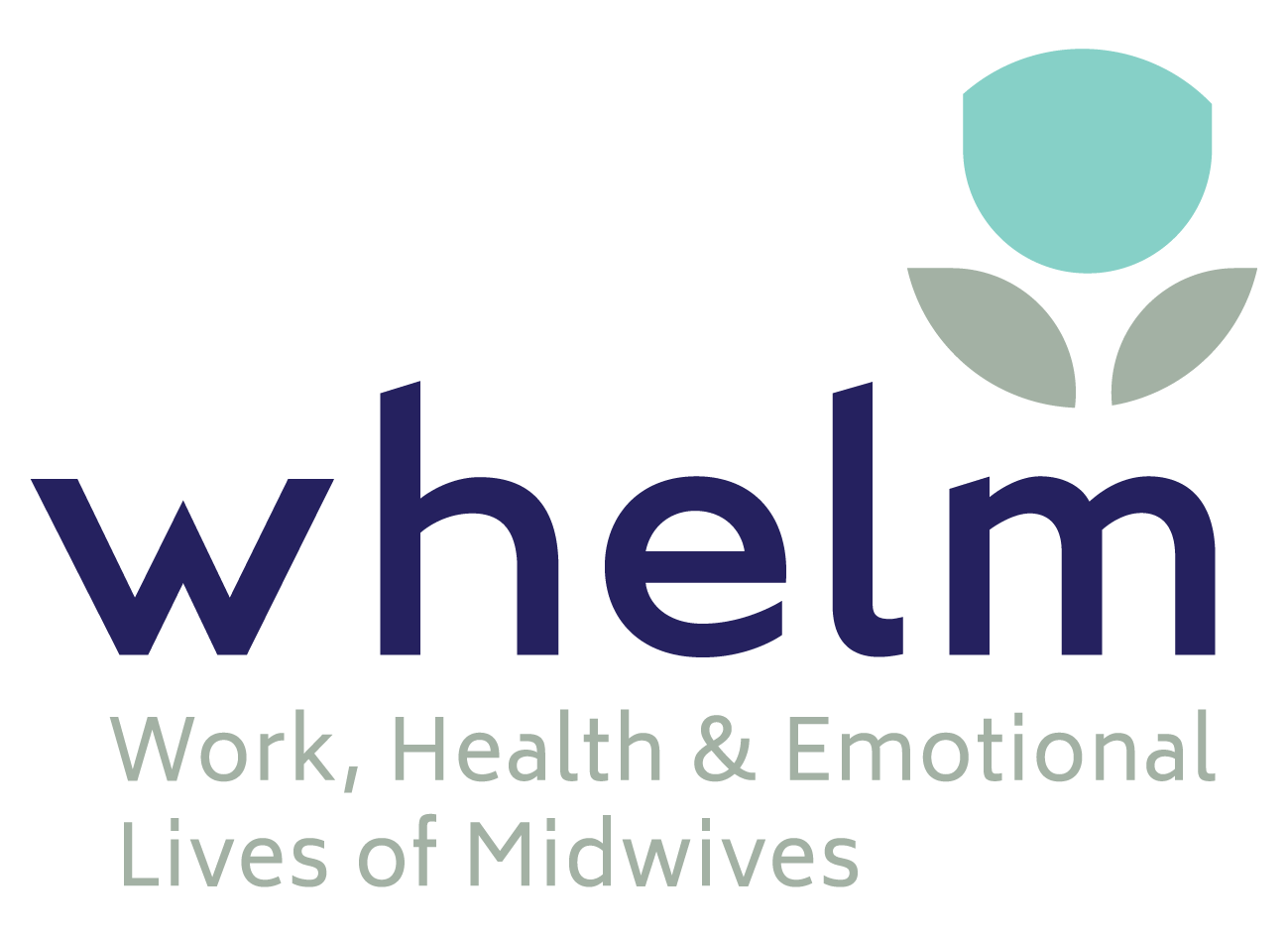During the final year of the Bachelor of Midwifery at Griffith University, midwifery students are asked to write an opinion piece focussed on normal birth that could be published. Dr Jyai Allen convenes this course and supported the students to complete this work. Several of these were of such good quality that we offered students the option of having them published here. This is the final one of five articles in a series. The author of this article preferred to publish anonymously.
The current caesarean section birth rate in Australia is approximately 34% (Australian Institute of Health and Welfare [AIHW], 2019). After a caesarean section, most Australian women choose to have an elective caesarean section for subsequent births, with only 12-13% of women choosing to attempt a vaginal birth after caesarean section (VBAC) (Meredith & Hugill, 2016). The reason for this seems to be the perceived risks of VBAC as opposed to an elective caesarean, with the primary concern for women being an increased risk of uterine rupture (Black et al., 2016). Repeat elective caesarean births contribute to Australia’s high caesarean section rate, far above the World Health Organization’s recommendation based on evidence that caesarean section rates over 10% do not improve health outcomes. Given that the success rate for vaginal birth after caesarean section is 72-75%, increasing to 85-90% for women who have had a vaginal birth before (Royal Australian and New Zealand College of Obstetricians and Gynaecologists, 2019), the question can be asked why the VBAC attempt rate is so low, considering the risks of this type of birth is low.
Birth has biological, cultural, social, and political influences (Behruzi et al., 2013). Socially, birth is shaped by the society women live in, with culture, social class, and resources contributing to decision-making (Behruzi et al. 2013). Research shows that decisions regarding the mode of birth are partially influenced by discussions of birth stories with other women, which often focus on negative aspects and experiences of their births (Latifnejad Roudsari et al., 2015). Social conformity also influences birth and birth choices, with values and ideas of women often reflecting the views of those around them, including family, friends and health professionals (Behruzi, et al., 2013). In a society and country where birth primarily takes places in a medicalised environment where maternity care providers are influenced by medical culture, these views can be projected onto women in a direct or indirect way. This is certainly true during consultation and provision of information regarding mode of birth after caesarean section, with evidence showing that both direct and subtle influences by maternity care providers greatly impacting women’s decisions on mode of birth (Black et al., 2016). How statistics and information are presented to women alters their perception of risk, with VBAC often being perceived by woman as much more risky than in actuality (Meredith & Hugill, 2016).
Medicalisation of birth is an issue that women and midwives are constantly contending with while trying to achieve normal birth. Medical models of birth take a risk-based approach that assumes birth to be risky and leads women to believe that these risks can be managed and reduced with the aid of medical technology (Cummins, 2020). Media contributes to the medicalisation of birth, as most portrayals of birth in film and television are overly medicalised. While most women might be consciously aware that these depictions of birth are not factual nor a reality, it has been shown that media representations of birth are subconsciously still informing women and providing them with expectations (Cummins, 2020). With this expectation that birth should be medically managed, trust in birth decreases and women are more easily influenced into birth interventions. Research also shows that births portrayed in film and television generates fear of birth and this affects the birth choices made by women (Luce et al., 2016). Takeshita (2017) finds that as well as creating fear of birth, media trivialises women’s capacity to give birth and overlooks midwifery. Collectively this contributes to the culture of birth in Australia, where many women and families consider birth to be considerably risky. In a birth culture focused on risk, perception of risk can be disproportionate to actual risk and this is apparent when looking at the low rates of VBAC in Australia.
One way to help combat these socio-cultural issues is through provision of an antenatal care environment that is encouraging of active participation by the woman in care and discussions (Chen et al., 2019). This is especially important for women making decisions on mode of birth after a caesarean section and improves the VBAC attempt rate (Chen et al., 2019). Continuity of care with a known midwife would be the ideal model of care for active participation and holistic conversation, however fragmented care is still the norm in maternity care in Australia. Women planning VBAC who had continuity of care with a midwife felt more in control of decision- making, more confident, and more supported than those who received fragmented care or care with a doctor (Keedle et al., 2020). Midwives have a professional obligation to promote normal birth (Australian College of Midwives [ACM], 2018). However, midwives also acknowledge the necessity to remove bias when presenting women with evidence-based information and this can lead them to omit the positive aspects of vaginal birth. When providing information on VBAC, midwives should present evidence to women on both the actual risk of VBAC as well as risks associated with caesarean section birth. In addition to this, in order to promote holistic health and wellbeing, midwives should also discuss the positive benefits of vaginal birth for women and babies, rather than focusing solely on the risks of both modes of birth. According to women seeking VBAC this in not demonstrated in practice, with communication being mostly risk-orientated (Nilsson et al., 2017). In a culture that is both risk adverse and reliant on technology, failing to highlight the benefits of normal birth focusses on risk and women are more inclined to choose a medicalised technocratic approach to birth (Behruzi, 2013). Understanding social attitudes about birth is important to foster a positive understanding and attitude towards vaginal birth, in order to decrease population caesarean section rates and promote health (Latifnejad Roudsari et al., 2015). Thus fulfils midwives’ professional standards to promote health and wellbeing by identifying what is important to women as the foundation for using evidence to promote informed decision-making, participation in care, and self-determination (ACM, 2018).
Analysis of successful VBAC in countries with high VBAC rates has confirmed the importance of provision of information in a supportive manner, understanding of benefits of VBAC, the support of trusting maternity care provider during birth, letting go of past negative birth experiences, and viewing VBAC as the goal when no other complications are present (Nilsson et al., 2017). Continuity of care with a midwife for women would help all of these factors associated with increased VBAC rate. Given the low risk involved in VBAC for most women, midwives and doctors can have confidence in recommending and supporting VBAC to change the default mode of birth after caesarean section from a repeat caesarean to VBAC.
References
Australian College of Midwives. (2018). Midwife standards for practice. Retrieved from https://www.nursingmidwiferyboard.gov.au/documents/default.aspx?record=WD18%2f252 81&dbid=AP&chksum=kYbO0%2bO7kx9I%2fBlvmKH%2bwg%3d%3d
Australian Institute of Health and Welfare. (2019). National Core Maternity Indicators. https://www.aihw.gov.au/reports/per/095/ncmi-data-visualisations/contents/labour- birth/b5
Behruzi, R., Hatem, M., Goulet, L., Fraser, W., & Misago, C. (2013). Understanding childbirth practices as an organizational cultural phenomenon: A conceptual framework. BMC Pregnancy and Childbirth, 13(1), 205. doi:10.1186/1471-2393-13-205
Black, M., Entwistle, V. A., Bhattacharya, S., & Gillies, K. (2016). Vaginal birth after caesarean section: Why is the uptake so low? Insights from a meta-ethnographic synthesis of women’s accounts of their birth choices. BMJ Open, 6(1), e008881. doi:10.1136/bmjopen-2015- 008881
Chen, M. M., McKellar, L., & Pincombe, J. (2017). Influences on vaginal birth after caesarean section: a qualitative study of Taiwanese women. Women and Birth, 30(2), e132-e139. doi:1016/j.wombi.2016.10.009
Cummins, M. W. (2020). Miracles and home births: The importance of media representations of birth. Critical Studies in Media Communication, 37(1), 85-96. doi:10.1080/15295036.2019.1704037
Keedle, H., Peters, L., Schmied, V., Burns, E., Keedle, W., & Dahlen, H. G. (2020). Women’s experiences of planning a vaginal birth after caesarean in different models of maternity care in Australia. BMC Pregnancy and Childbirth, 20(1), 1-15. doi:10.1186/s12884-020-03075-8
Latifnejad Roudsari, R., Zakerihamidi, M., & Merghati Khoei, E. (2015). Socio-cultural beliefs, values and traditions regarding women’s preferred mode of birth in the north of Iran. International Journal of Community Based Nursing and Midwifery, 3(3), 165-176.
Luce, A., Cash, M., Hundley, V., Cheyne, H., van Teijlingen, E., & Angell, C. (2016). “Is it realistic?” the portrayal of pregnancy and childbirth in the media. BMC Pregnancy and Childbirth, 16(1), 40. doi:10.1186/s12884-016-0827-x
Meredith, D., & Hugill, K. (2016). ‘Once a caesarean, always a caesarean’? Challenging perceptions around vaginal birth after caesarean. British Journal of Midwifery, 24(9), 616-623.
Nilsson, C., van Limbeek, E., Vehvilainen-Julkunen, K., & Lundgren, I. (2017). Vaginal birth after caesarean: Views of women from countries with high VBAC rates. Qualitative Health Research, 27(3), 325-340. doi:10.1177/1049732315612041
Royal Australian and New Zealand College of Obstetricians and Gynaecologists. (2019). Birth after previous caesarean section. https://ranzcog.edu.au/RANZCOG_SITE/media/RANZCOG-MEDIA/Women%27s%20Health/Statement%20and%20guidelines/Clinical-Obstetrics/Birth-after-previous-Caesarean-Section-(C-Obs-38)Review-March-2019.pdf?ext=.pdf
Takeshita, C. (2017). Countering technocracy: “Natural” birth in The Business of Being Born and Call the Midwife. Feminist Media Studies, 17(3), 332-346. doi:10.1080/14680777.2017.1283341








